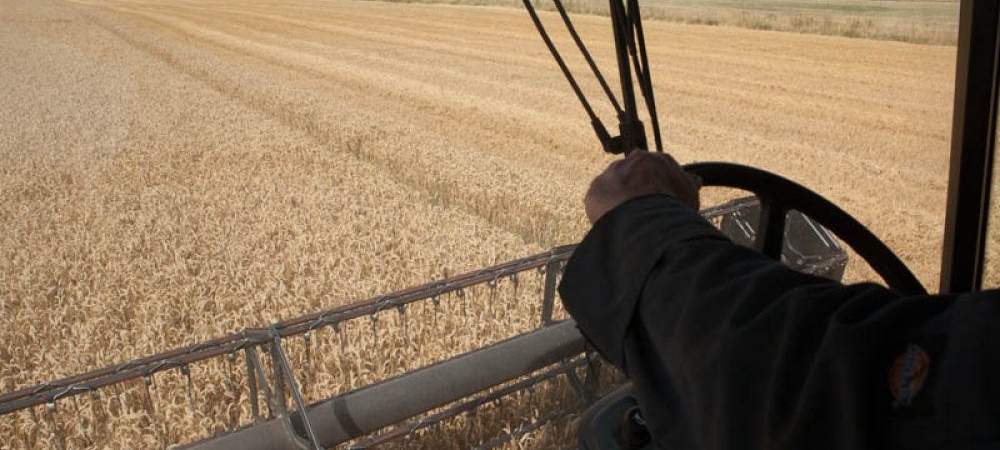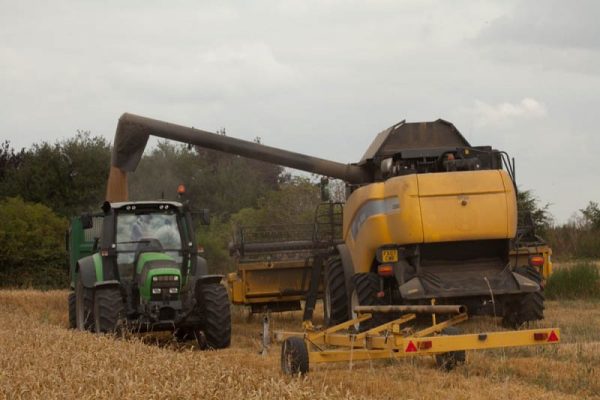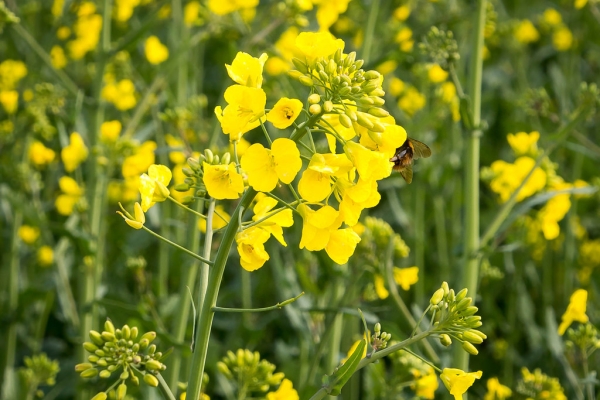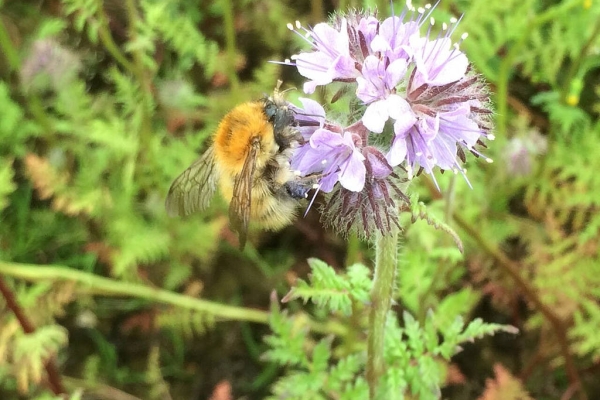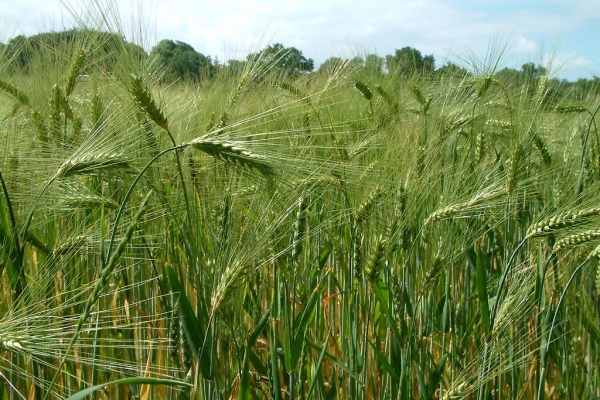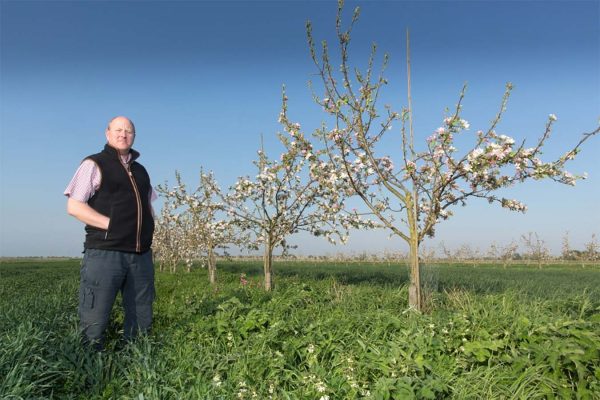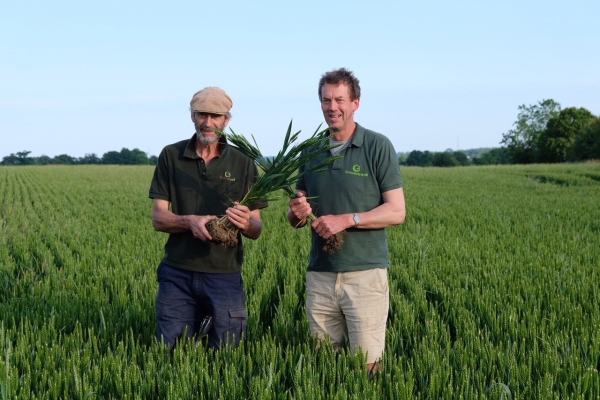Farming wheat without neonicotinoids
Resource explained
This report reviews non-chemical methods of pest control on wheat, drawing on research and seven farmer case studies. It is based on the premise that farmers need effective alternatives to neonicotinoids that do not harm bees, natural predators, or other wildlife. Evidence has grown that neonicotinoids are leaching from seeds into the environment putting a range of species at risk. The report looks at each of the wheat pests targeted by neonicotinoids and examines alternative methods of control for each. It sets out evidence for the effectiveness of natural enemies, spring cropping, varietal choice, and use of monitoring and thresholds, but concludes that a combination of non-chemical methods in an integrated pest management (IPM) approach works best. Wider take up of these methods is recommended in the report but it is acknowledged that more research is needed in some areas to maximise their effectiveness, and that farmers will need independent advice.
Findings & recommendations
The case studies provide examples of farmers successfully growing wheat without using neonicotinoids:
- Peter Lundgren, White Home Farm – who focuses on IPM principles and encouraging beneficial insects. This presents the economic case for avoiding neonicotinoid seed treatments.
- John Pawsey, Shimpling Park Farm – emphasising that a balanced agroecosystem helps avoid insect problems.
- Ian Dillon, Hope Farm – who uses a variety of IPM methods.
- Jay, Courtyard Farm – who produces high quality spring wheat without using insecticides.
- John Cherry, Darnalls Hall Farm – who practices no-till and uses minimal pesticides, focusing on encouraging natural enemies of pests.
- Stephen and Lynn Briggs, Whitehall Farm – their agroforestry system helps create habitat diversity and encourage natural enemies.
- David Walston, Thriplow Farms – he has much reduced pesticide treatments and now practices zero tillage.
What could you consider doing?
- Create a habitat network to provide resources for natural enemies.
- Choose an Orange Wheat Blossom Midge (OWBM) -resistant wheat variety.
- Grow spring wheat and include other spring crops in the rotation.
- Delay sowing winter wheat until mid-October to reduce aphid infestations.
- Adopt a minimum or zero tillage approach.
- Plan the rotation so that susceptible crops are not grown in fields with wireworms.
- Apply recommended monitoring techniques for aphids, slugs and OWBM.
(Photo credit: Ruth Levene, Courtesy of A Field of Wheat)
